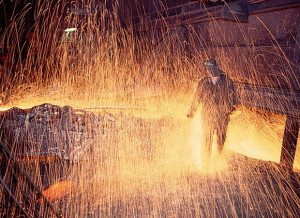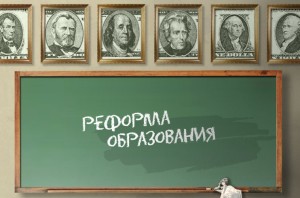
Oil prices have been going up and down in recent weeks, but they are still nowhere near the coveted $80 per barrel which would allow Russia to balance its budget. The Kremlin’s active efforts at getting other oil-producing countries to agree to an oil output freeze have not yet brought any results. Both the ruble and Russian oil companies’ stock prices remain low. The Russian economy’s pathological dependence on oil is a long-established diagnosis that can only be treated with diversification. Putin’s aggressive empire subject to international sanctions for Russia’s invasion of Ukraine finds it hard to expand industrial production and to attract foreign investment and technologies. Even without the sanctions, hardly anyone would want to invest in a country mired in corruption and lawlessness. However, beside the proverbial oil and gas industry, Russia has other traditional sources of export revenues that were in a steady demand for many years.
Thus, according to the Russian Ministry of Industry and Trade, both in 2008 and today, Russia ranked first in aluminum and nickel exports. The Russian-Swiss RUSAL, controlled by Oleg Deripaska, is the world’s largest aluminum producer. RUSAL owns 28 percent of Norilsk Nickel, one of the world’s major producers of nickel and a number of other non-ferrous metals. Both Norilsk Nickel and RUSAL are ranked among Russia’s top ten exporting companies, with all the other companies on the list being oil and gas producers. Read More “Oil and Nickel”






